The differential as an automobile mechanism will soon celebrate its two-century anniversary, but its design, although improved over these many years, has retained its key features. What is the differential and what role does it play in the car?
What is a differential?
A differential in a car is a mechanism that allows power and, therefore, rotation from the gearbox to the wheels, dividing the flow of this power into two, for each of the wheels of one axle, with the ability to change the ratio of power transmitted to them, and, therefore, allowing the wheels to rotate at different speeds. Simply put, the differential divides 100% of the power transmitted by the gearbox into two flows for each of the wheels on the same axle, and these flows can be redistributed depending on driving conditions from 50:50 to 100:0.
What is a differential for?
The main purpose of a differential is to allow the wheels on the same axle to rotate at different speeds while maintaining an uninterrupted torque flow. For a car, this is primarily important in corners: after all, when driving around an arc, the wheels on the outside of the turn travel a longer distance than the wheels on the inside, and therefore must rotate at a higher speed to maintain the stability of the car.
If the wheels on the axle are connected rigidly, the inner wheel will slip in the turn. For a rear-wheel drive car, this increases the risk of skidding, and for a front-wheel drive car, it radically worsens the car’s handling and control in a turn. Thus, ensuring free and independent rotation of the wheels on the same axis while maintaining constant torque transfer to them from the engine has been one of the fundamental tasks since the creation of the car – and this task has been successfully solved.
How is the differential designed?
The differential is a special case of the planetary gear. Physically, it is normally a set of four pinions, with a fifth gear, the idler pinion of the main gear, coupled to the housing of the differential, which acts as the driver. The main gear is a set of two gears: the driven one receives rotation from the gearbox and transmits it to the driven one. The driven pinion of the main gear transmits the rotation through the housing to the satellite gears, which, in turn, are meshed with the sun gears that are rigidly mounted on the drive axles of the wheels.
When the car moves in a straight line, the satellite gears are stationary, and the rotation speed of the main gear is equal to the rotation speed of the sun gears: the wheels rotate at the same speed. In a turn, however, the satellite gears begin to rotate, providing the difference in speeds of the sun gears and, therefore, the wheels on the outside and inside of the turn.
What are the disadvantages of the differential?
The main disadvantage of the differential is simultaneously its main advantage of being able to transfer up to 100% of the power to one of the wheels. On this basis, in conditions where one wheel has insufficient grip, most of the power will be transferred to it. Thus, sometimes even with one wheel on the surface with sufficient grip, the vehicle cannot move.
To eliminate this problem have been developed a variety of designs – differentials with increased internal resistance (so-called self-locking) and differentials with forced locking, manual or automated. Depending on their design and purpose, they can either change the redistribution of power flow in favor of the wheel with good traction, or completely lock the differential, forcing the wheels on the axle to rotate at the same speed. We will look at the different types of these differentials in separate materials.
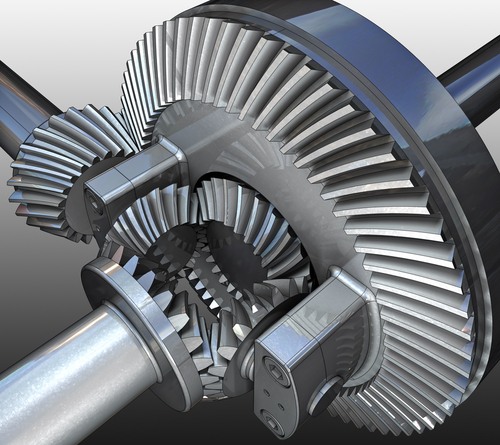
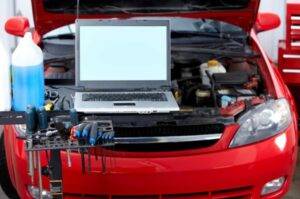
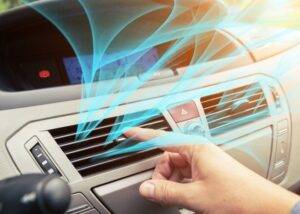

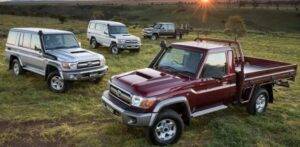
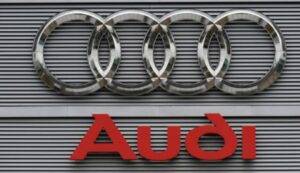
Comments are closed.